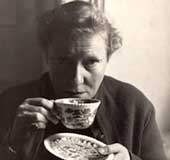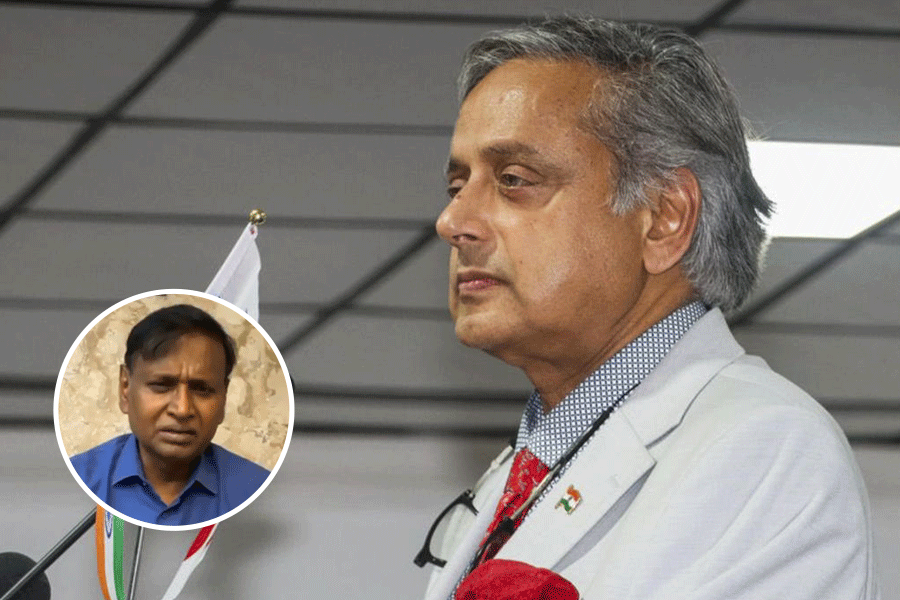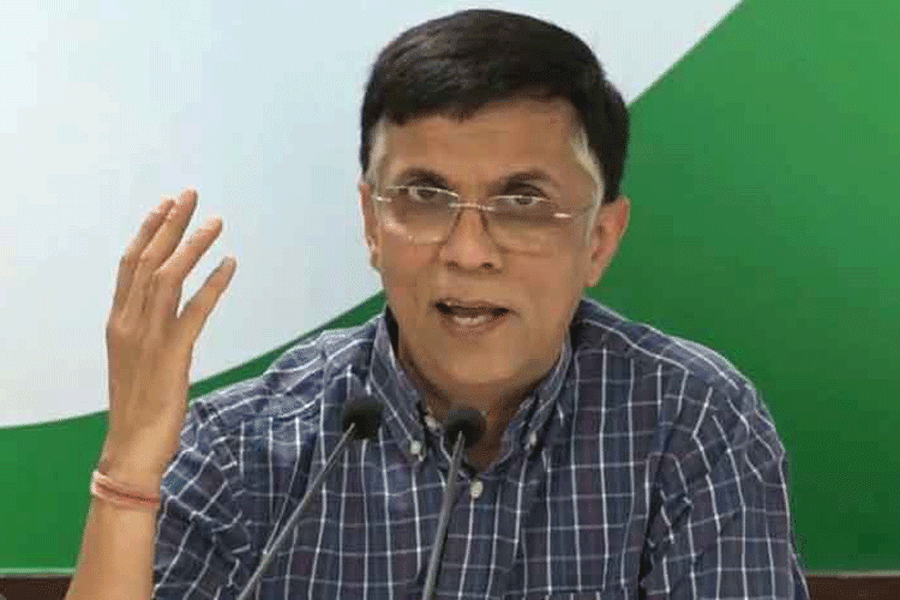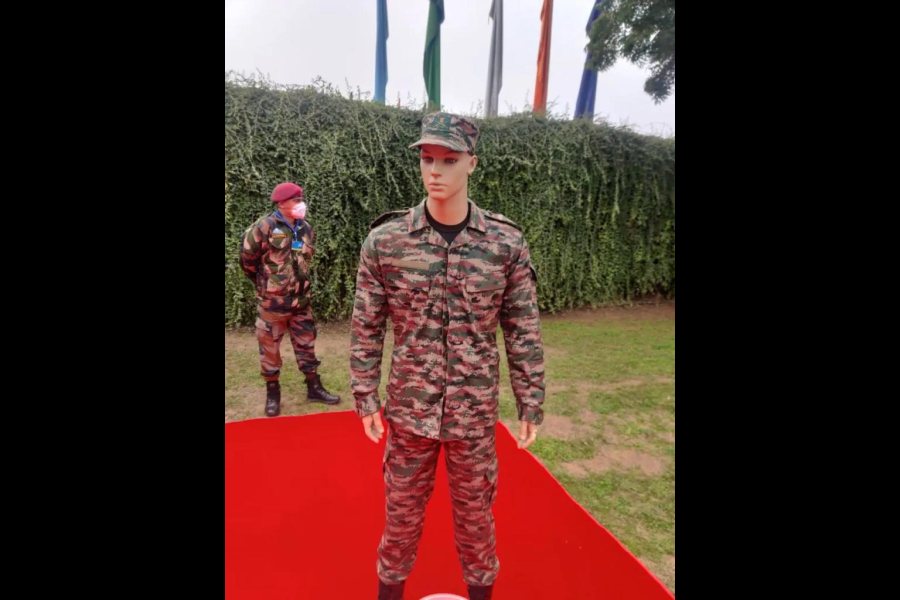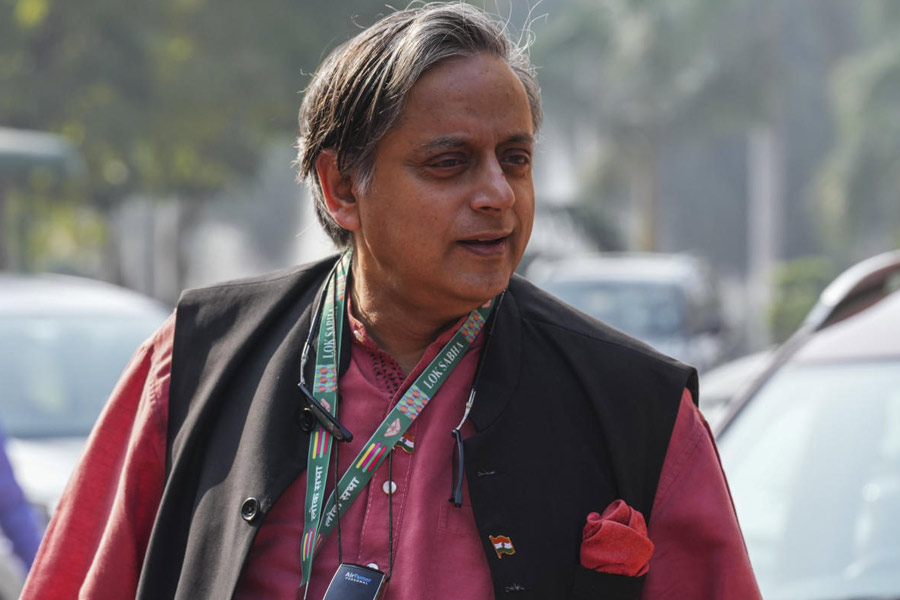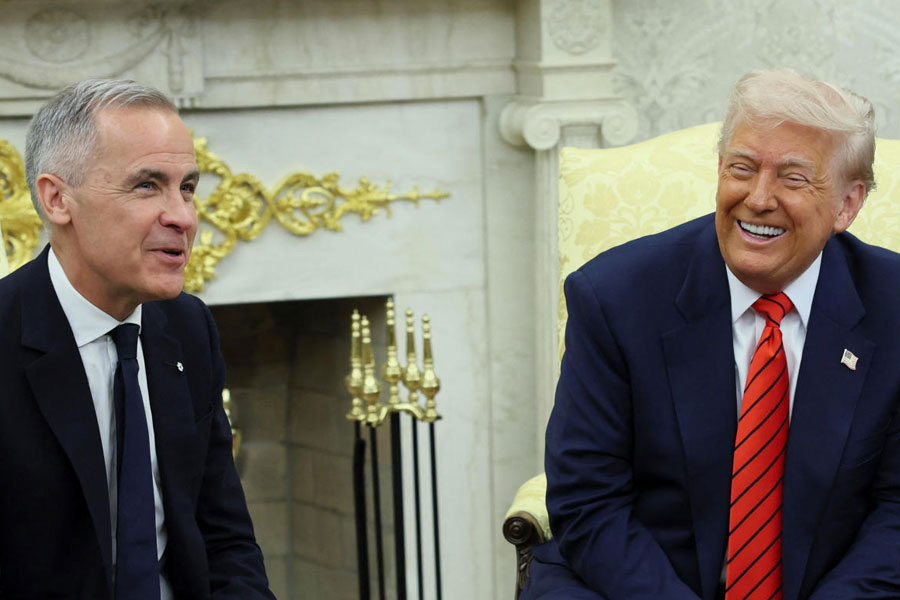|
|
| J. Jayalalithaa rewarding STF personnel in Chennai, October 30 |
The mythology is all in place. The killing of the great asura, Kuse Munusamy Veerappan, took place during Navaratri, with J. Jayalalithaa, an indomitable Durga to her followers, providing the inspirational surge. Human rights bodies might worry about the precise nature of this soon-to-be-made legendary encounter, but the killing had all the marks of one of the trickier plots of the more wily members of the Hindu pantheon. Mythology makes everything legitimate. It is an old story: endow an asura with unbeatable powers, and find someone else to trick him into vulnerability when he gets useless or too troublesome. (Like a surreal echo of a Puranic tale, there is already a Veerappan clone spilling into media space.) The man at the head of Operation Cocoon, the chief of the Tamil Nadu Special Task Force, K. Vijayakumar, too, had his celestial debts to pay. He shaved off his hair ?in fulfilment of a personal vow? at the Bannari Amman temple immediately after Veerappan?s death. This was one of Veerappan?s places of worship too, it seems, but the deities, as is usual with them, decided to change sides.
The soldiers of good are being rewarded: plots of land, Rs 3 lakh and promotions for all 752 members of the Tamil Nadu STF. Photographs of a benign goddess sticking badges on their proud chests are being flashed throughout the national media. They have at last managed to do their duty. The scale of the reward is calculated to propel the story of the evil Veerappan versus the good forces of the state into a truly mythical landscape. This alone can erase all uncomfortable questions about one man?s peculiar elusiveness over the years.
But there are other issues, raw and urgent, that need to be erased too. The hero of the operation, Vijayakumar, who took over the chieftainship of the Tamil Nadu STF last year, puts his success down to meticulous planning, coordinated gathering of intelligence, cooperation from the Karantaka STF and the governments of Tamil Nadu and Karnataka. For intelligence-gathering, though, the STF had to win the trust of the villagers who live in the forested, hilly belt around Veerappan?s domain, those very people from among whom the STF had systematically chosen victims to torture in order to extract information about Veerappan not so many years ago. Reportedly, part of Vijayakumar?s strategy was to provide medical camps for tribal villagers and slowly win their trust, so that the memories of earlier police excesses would recede.
But memories are stubborn things. They remain, inscribed on the maimed bodies and disoriented intelligences of hundreds of human beings, scattered in the regions that the STF ruled. A woman?s memories of the arrest of her husband by STF personnel in 1993, after Veerappan had killed 22 policemen, runs thus: ?The police also did not hesitate to give bail [the family had pledged their land for Rs 10,000 to release the man after 15 days of custody] as they felt that my husband would die in custody and also could not get any information after severely torturing him thus to be in the safer side the police gave him the bail. Then we brought back my husband to home. He suffered a lot of health problem his back was severely impacted with the torture. His liver was also spoiled and he vomited blood regularly. We had taken him to both private and government hospitals and he was in government for two-three weeks, but we did not have enough money to proceed further for the treatment and brought him home. However, this process lasted for about six months, and my husband survived for about six months and then he died.?
Another memory, from a young man whose entire family was taken in, when he was 14 and his brother four: ?They started beating us with all across the body and with pounding sticks all across the body. Even though my mother explained about my fathers sick with TB they didn?t stop their beating my father and they severely tortured me with electricity. They nailed my foot and tied my hands in front and kept thorn in front of me and pulled my hand and let myself fall down on thorns and they planned to shoot me as I know Kannada I understood their conversations. These tortures continued consecutively for seven days.? After this the family was separated, the father and fourteen-year-old boy booked under TADA, the sister raped in another STF camp in front of her husband, after which he left her.
Two partial testimonies, in all their linguistic disorientation, may seem a mockery of the scale of suffering. But they do tell the real story. Of livelihoods lost, of plots of land ? which are now part of the STF personnel?s reward ? mortgaged and sold for bail, court cases and medical treatment, of consciousness and identity torn apart, of limbs broken so that even those who survive today are unable to work, of women ? with their minds and bodies crippled with repeated rape and electric shocks on their breasts and in their vaginas, and without their men, who have either deserted them or been killed by torture or in mysterious ?encounters? ? struggling to bring up children so that they learn what a ?normal? life might have been, of a whole generation bankrupted of anything conceivably human within a few years.
The speakers quoted here have deposed before the Sadashiva commission, set up in 1999, after valiant efforts by NGOs and human rights bodies, whose dedication to the torture victims? cause ultimately helped them conquer their terror and come out into the open in search of justice and aid. One young man, still a youngster during the torture, recalls: ?My father was kept in a separate police station and on the other side I was given current shock in my nose and ears also I was beaten by lathi. Police kicked my grandfather with the boots leg on his jaw and therefore he lost all his teeth and he was also given current shock. Even my sister was given current shock in her nose and ears and it was terrible. Then myself, mother, sister and grandfather taken to the place my father was in lock-up. There we undergone heavy tortures. Police made me beat my father and grandfather in very rude manner also I was forced to give current shock in their private parts of their body (genital organ) and it was unimaginable. Then the police tied my father?s hands in the window and stretched the legs forward and put the lathi on both the legs top from the thigh and stood upon it and rolled top to bottom as if they were riding the bike. Due to continuous beating my fathers leg bulged and skin colour changed to brown.? This survivor, like the young man quoted before him, works with human rights bodies to help the torture victims.
This can also be read as a story of human resilience, of the courage and endurance within broken lives, of the dedication and defiance of NGOs and activists who just would not give up. There have been some forms of compensation here and there, aid for children?s studies, some livelihood options, medical help and psychological counselling. But behind the survivors? depositions to the commission there lay an urgent desire for justice, and the hope that justice for them would mean that no one else would suffer as they have. Someone would be made accountable. But instead of a follow-up on the commission report, supposed to have been submitted last year, there is only the image of the STF as victors in an epic battle against evil.
But are there not some deeds that should not be forgiven or forgotten, especially by those who have not suffered? What is really the substance of the glibly used phrase, human rights abuses? Can this limited and inadequate evocation of memory on this page today at least help keep that question alive?

